Asia is a continent full of diverse and fascinating tourist attractions, from natural wonders to cultural and historical landmarks. Here are some of the top tourist attractions in Asia:
The Great Wall of China
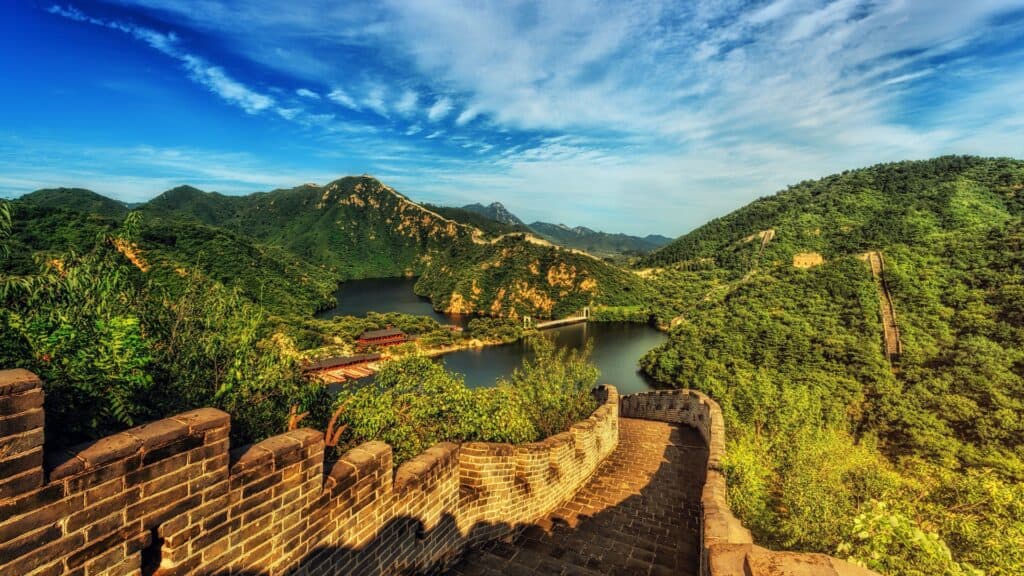
The Great Wall of China is a series of fortifications built along the northern borders of China to protect the country from invasions and attacks by nomadic groups. The wall stretches over 13,000 miles (21,000 km) from east to west, and is made up of walls, trenches, watchtowers, and other defensive structures.
Construction of the Great Wall began in the 7th century BC, but most of the wall that is standing today was built during the Ming Dynasty (1368-1644). The wall was constructed using a variety of materials, including brick, tamped earth, and stone, and it was fortified with watchtowers, garrison stations, and signal towers.
The Great Wall played an important role in protecting China from invasions by nomadic groups such as the Mongols and the Manchus. It also served as a means of controlling trade along the Silk Road, as the wall was equipped with customs and border control stations.
Despite its size and impressive engineering, the Great Wall was not completely impenetrable, and various groups managed to breach it over the centuries. In fact, the Great Wall was not a continuous wall, but rather a series of fortifications that stretched across different regions, and some sections have fallen into disrepair or been destroyed.
Today, the Great Wall is a popular tourist attraction, drawing visitors from all over the world to marvel at its engineering and historical significance. It has also been recognized as a UNESCO World Heritage Site
The Taj Mahal:
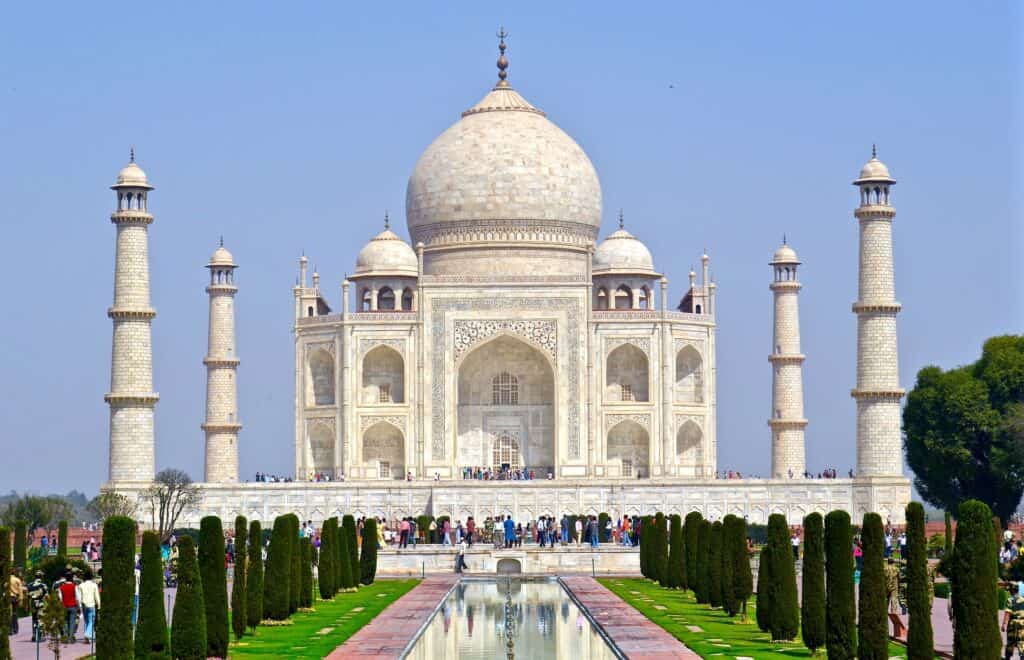
The Taj Mahal is a mausoleum located in Agra, India, and is considered one of the most iconic structures in the world. It was commissioned by Mughal Emperor Shah Jahan in memory of his beloved wife, Mumtaz Mahal, who died in 1631 while giving birth to their 14th child. Construction of the Taj Mahal began in 1632 and was completed in 1653.
The Taj Mahal is made entirely of white marble, and its main dome is 73 meters (240 feet) tall. The structure is surrounded by a large garden and several other smaller buildings, including a mosque and a guesthouse.
The interior of the Taj Mahal is equally impressive, with intricate inlay work, calligraphy, and marble carvings covering the walls and ceilings. The centerpiece of the tomb chamber is the white marble sarcophagus of Mumtaz Mahal, which is inscribed with passages from the Quran.
The Taj Mahal is considered a masterpiece of Mughal architecture and has become an icon of India’s cultural heritage. It attracts millions of visitors from all over the world each year and was designated a UNESCO World Heritage Site in 1983.
Angkor Wat:
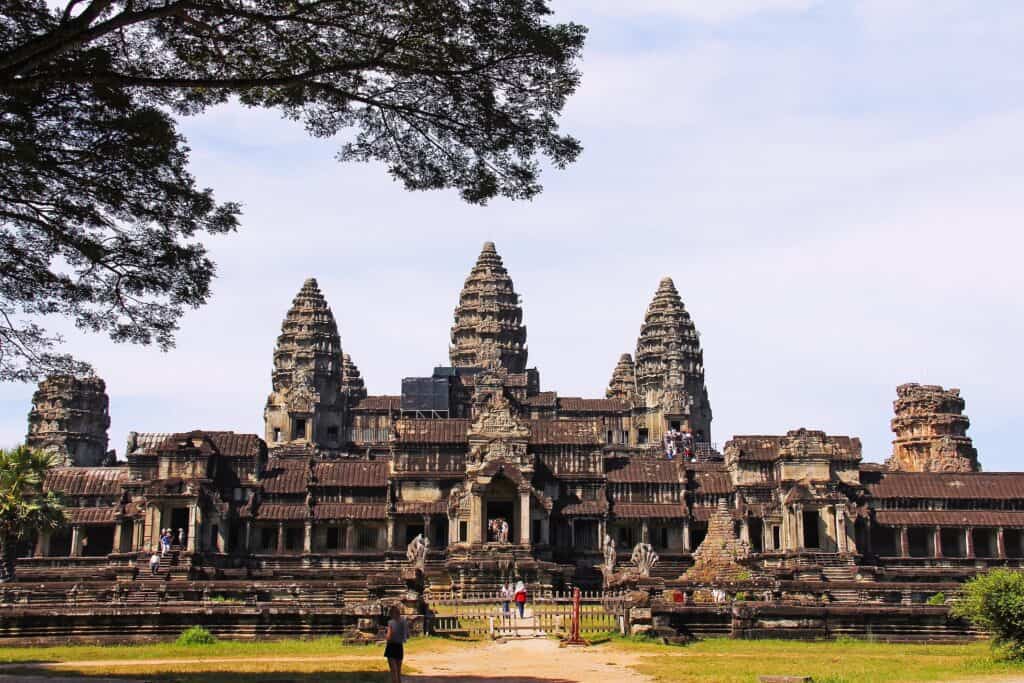
Angkor Wat is a temple complex located in Cambodia, built during the Khmer Empire in the 12th century. It is considered one of the largest religious monuments in the world and is a UNESCO World Heritage site.
The temple complex was originally constructed as a Hindu temple in the 12th century by King Suryavarman II, but was later converted into a Buddhist temple in the 14th century. It is dedicated to the Hindu god Vishnu and is aligned with the cardinal points of the compass.
The temple complex covers an area of approximately 400 acres and is surrounded by a moat and an outer wall. The main temple is a three-tiered pyramid structure, rising to a height of 213 feet, and is surrounded by smaller temples and pavilions.
The temple complex features intricate carvings and bas-reliefs depicting scenes from Hindu mythology, as well as scenes of daily life in the Khmer Empire. The most famous bas-relief is the “Churning of the Sea of Milk,” which depicts the Hindu gods and demons churning the ocean to create the elixir of life.
Visitors can explore the temple complex by walking along the causeway that spans the moat and leads to the main temple. The best time to visit Angkor Wat is during the dry season, between November and March, when the weather is cooler and the crowds are smaller.
The Forbidden City:
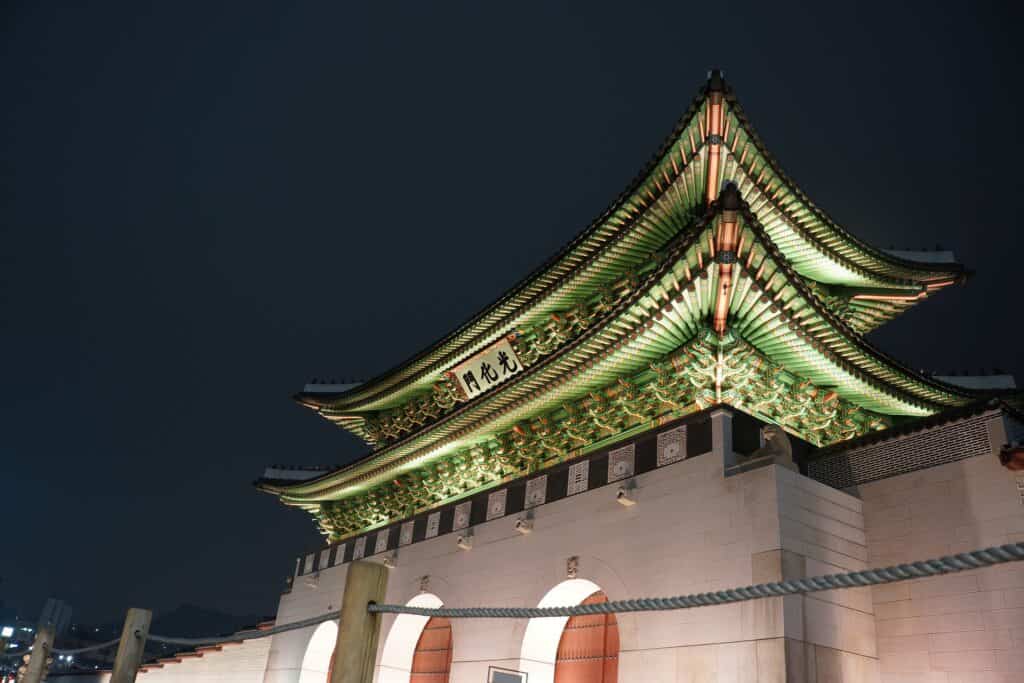
The Forbidden City is a large palace complex located in the heart of Beijing, China. It was constructed during the Ming Dynasty in the early 15th century and was used as the imperial palace for over 500 years, until the end of the Qing Dynasty in 1912. The complex covers an area of over 720,000 square meters and contains more than 980 buildings.
The Forbidden City was designed to be the center of political and ceremonial power in China, and its layout reflects this importance. It is surrounded by a 10-meter high wall and a moat that served as a defensive barrier, and contains a series of gates, courtyards, and buildings that increase in grandeur and importance as one moves further into the complex.
The buildings of the Forbidden City were designed in a traditional Chinese architectural style and are decorated with intricate carvings, colorful paint, and ornate roofs. The palace contains a number of important halls and chambers, including the Hall of Supreme Harmony, the Hall of Central Harmony, and the Hall of Preserving Harmony, which were used for official ceremonies and state occasions.
Today, the Forbidden City is open to the public and serves as a popular tourist attraction, as well as a museum dedicated to the history and culture of China. It is also a UNESCO World Heritage Site and is widely regarded as one of the most important and impressive cultural sites in the world.
Mount Everest:
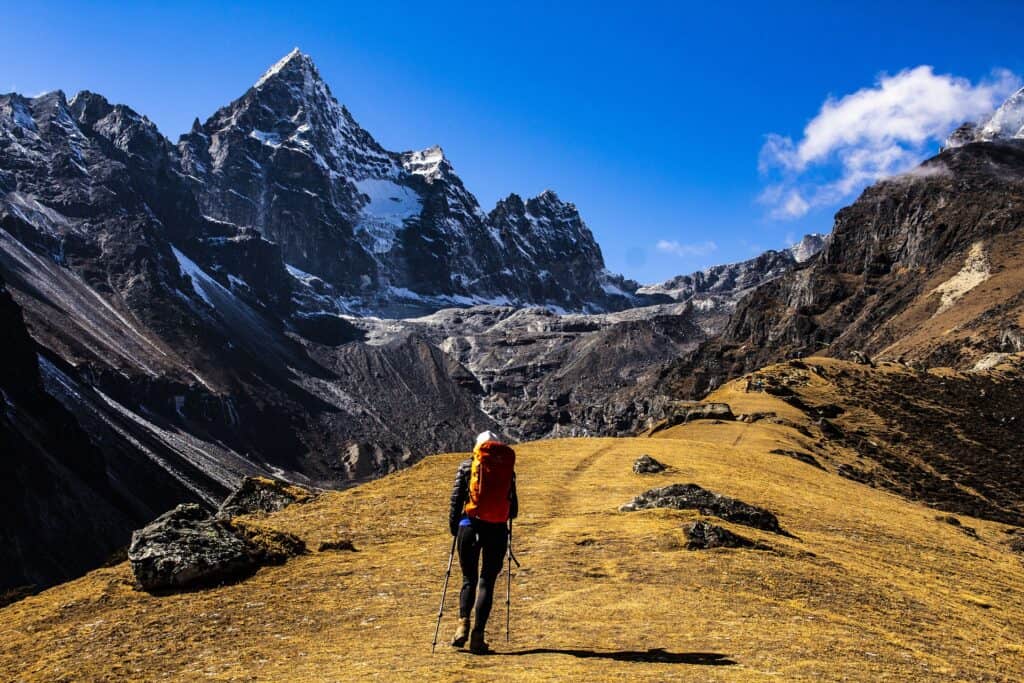
Mount Everest is the highest mountain peak on Earth, located in the Himalayas on the border between Nepal and Tibet (China). It stands at 8,848 meters (29,029 feet) tall above sea level. The mountain is named after Sir George Everest, a British surveyor who measured the peak’s height in the mid-19th century.
The first recorded attempt to climb Mount Everest was in 1921, but it was not until 1953 that Sir Edmund Hillary of New Zealand and Tenzing Norgay, a Sherpa from Nepal, successfully reached the summit. Since then, many climbers have attempted to reach the top of Everest, with varying degrees of success.
The climb to the summit of Everest is considered one of the most difficult and dangerous climbs in the world. Climbers face extreme cold, high altitudes, and a lack of oxygen, as well as the risk of avalanches, falls, and other hazards. The climb is typically attempted in the spring or fall, when the weather conditions are at their best.
Despite the risks, climbing Everest has become a popular goal for many mountaineers, and the area around the mountain has become a major tourist destination. However, the increase in tourism has also raised concerns about the impact on the environment and the local communities. Efforts are being made to reduce the impact and preserve the mountain’s natural beauty and cultural significance.
The Gardens by the Bay:
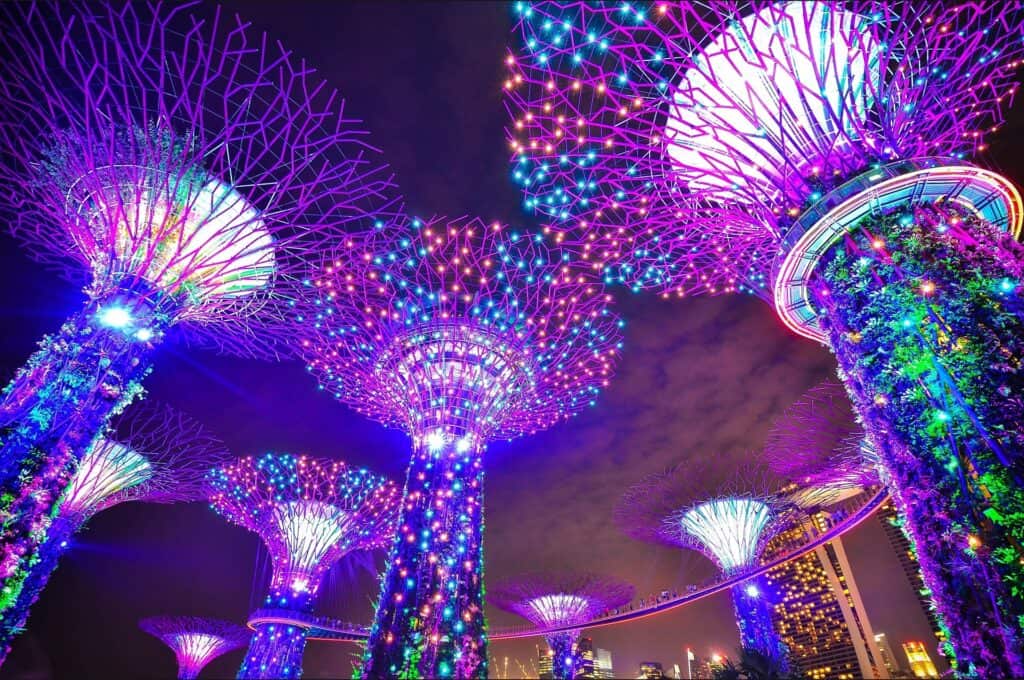
The Gardens by the Bay is a nature park in Singapore, located in the Marina Bay area. It spans over 101 hectares and features a wide range of flora and fauna from all over the world. The park is divided into three main sections: Bay South, Bay East, and Bay Central.
Bay South is the largest section of the park and is home to the iconic Supertrees, which are vertical gardens ranging in height from 25 to 50 meters. These Supertrees serve as both an aesthetic feature and a functional one, as they help to collect rainwater and harness solar energy. Visitors can walk along a suspended walkway that connects several of the Supertrees, offering panoramic views of the park and the city skyline.
Another highlight of Bay South is the Flower Dome and Cloud Forest, two massive conservatories that house a diverse collection of plants and flowers from around the world. The Flower Dome features plants from Mediterranean and semi-arid regions, while the Cloud Forest showcases plants from tropical highlands and features a 35-meter indoor waterfall.
Bay East is a more tranquil section of the park, with a focus on providing a relaxing space for visitors to enjoy the scenic views of the Marina Bay skyline. Bay Central connects Bay South and Bay East and features a variety of gardens and walking paths.
Overall, The Gardens by the Bay is a must-visit attraction in Singapore, offering a unique and breathtaking blend of nature and technology.
The Golden Temple:
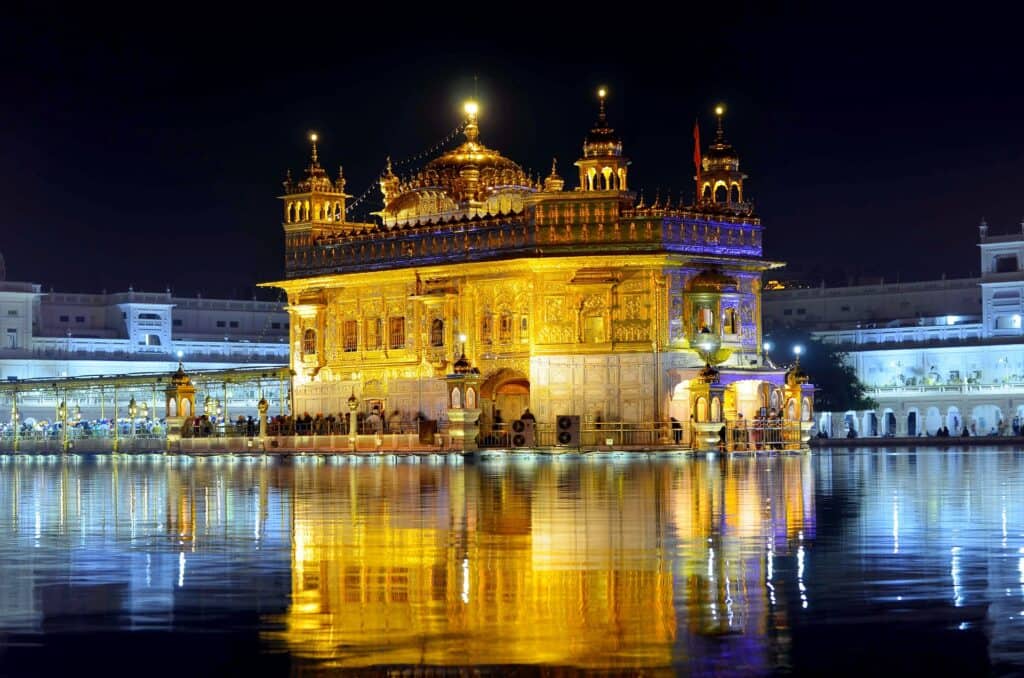
The Golden Temple, also known as Harmandir Sahib, is a prominent Sikh gurdwara located in the city of Amritsar in Punjab, India. It is one of the most sacred places of worship for Sikhs and is considered a spiritual and cultural center of the Sikh community.
The temple was built in the 16th century by the fifth Sikh guru, Guru Arjan Dev Ji, and was later expanded and renovated by subsequent Sikh leaders. The temple complex is designed in a unique way, with the main temple situated in the center of a large man-made pool called the Amrit Sarovar.
The temple is made of white marble and copper and is decorated with intricate gold and silver work, which gives it its name, the “Golden Temple.” The temple has four entrances, which symbolize openness and inclusiveness, and is surrounded by a walkway for visitors to take a stroll around the holy pool.
The interior of the temple is equally impressive, with intricate paintings, carvings, and a central altar where the holy scripture of the Sikhs, the Guru Granth Sahib, is kept. The temple also houses a free community kitchen or langar, where people of all religions and castes are welcome to eat together.
The Golden Temple is not only a place of worship but also a symbol of Sikhism’s values of equality, social justice, and community service. It attracts millions of visitors from around the world every year, making it one of the most visited religious sites in the world.
Petra:
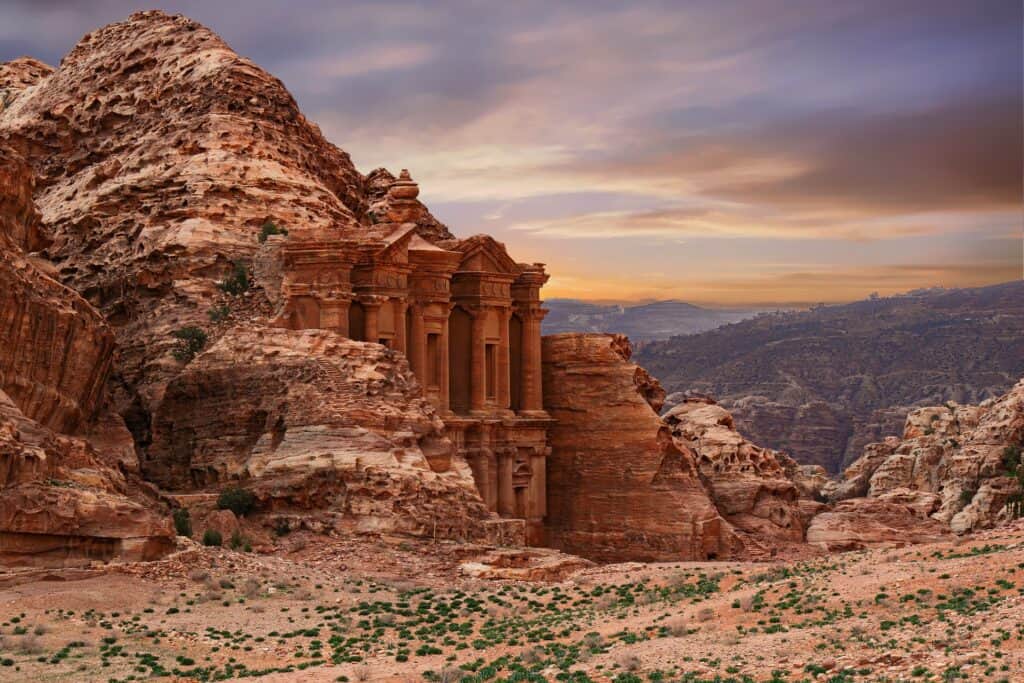
“Petra” is an ancient city located in modern-day Jordan. The city is also known as the “Rose City” because of the color of the stone from which it is carved. Petra was established as the capital of the Nabataean Kingdom in the 4th century BCE and was an important center of trade and commerce in the region.
One of the most iconic and well-known features of Petra is the Treasury, which is a monumental building carved out of the sandstone cliffs. The Treasury is estimated to have been built in the 1st century CE and served as a royal tomb. Other notable features of Petra include the Monastery, the Royal Tombs, and the Amphitheater.
Petra was lost to the Western world after the 14th century and was rediscovered in the early 19th century by Swiss explorer Johann Ludwig Burckhardt. Since then, it has become a popular tourist destination and was designated as a UNESCO World Heritage Site in 1985.
Petra is an important historical and cultural site, and its well-preserved ruins provide insight into the ancient Nabataean civilization and its way of life.
Bali:
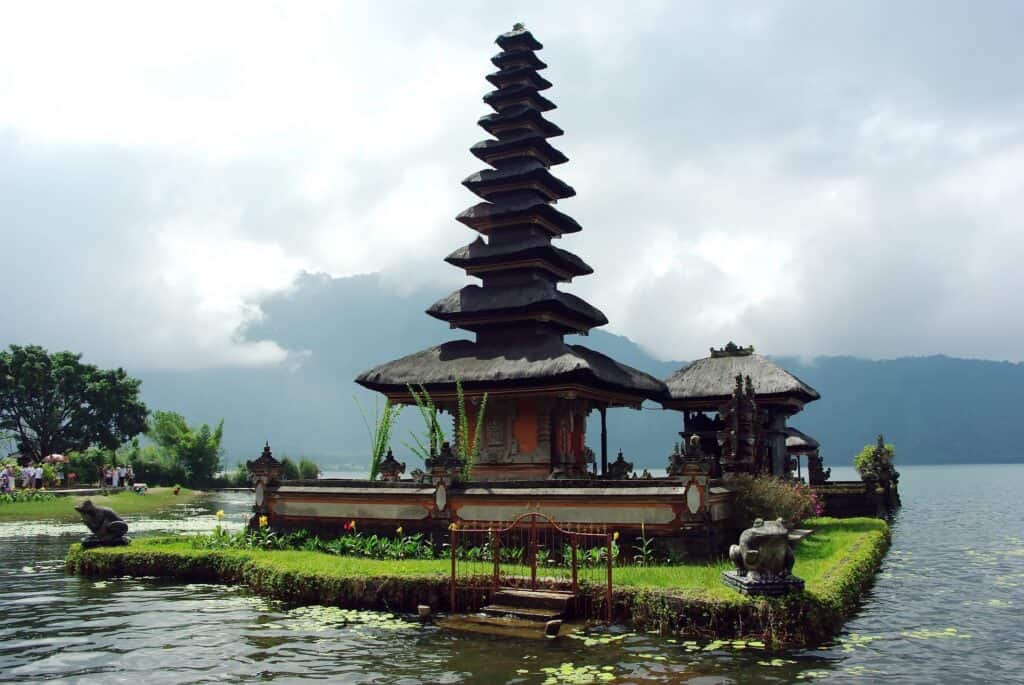
Bali is an Indonesian island located in the westernmost end of the Lesser Sunda Islands, lying between Java to the west and Lombok to the east. Bali is known for its beautiful beaches, volcanic mountains, iconic rice paddies, and for its rich culture and unique Hindu customs.
The island is home to around 4.2 million people, with the majority of the population practicing Hinduism, making Bali the only Hindu-majority island in Indonesia. Balinese Hinduism is a unique blend of Hinduism, Buddhism, and animism, with many ceremonies and rituals taking place throughout the year, including the famous Nyepi Day, or the “Day of Silence.”
Bali’s economy is heavily dependent on tourism, with many visitors coming to enjoy the island’s natural beauty and cultural offerings. Some of the most popular tourist destinations in Bali include Kuta, Seminyak, Ubud, and Nusa Dua. Bali also has a thriving arts and crafts industry, with traditional Balinese crafts such as woodcarving, textiles, and silverwork being popular souvenirs.
Overall, Bali is a beautiful and unique destination that offers visitors a mix of natural beauty, cultural richness, and modern comforts.
The Banaue Rice Terraces:
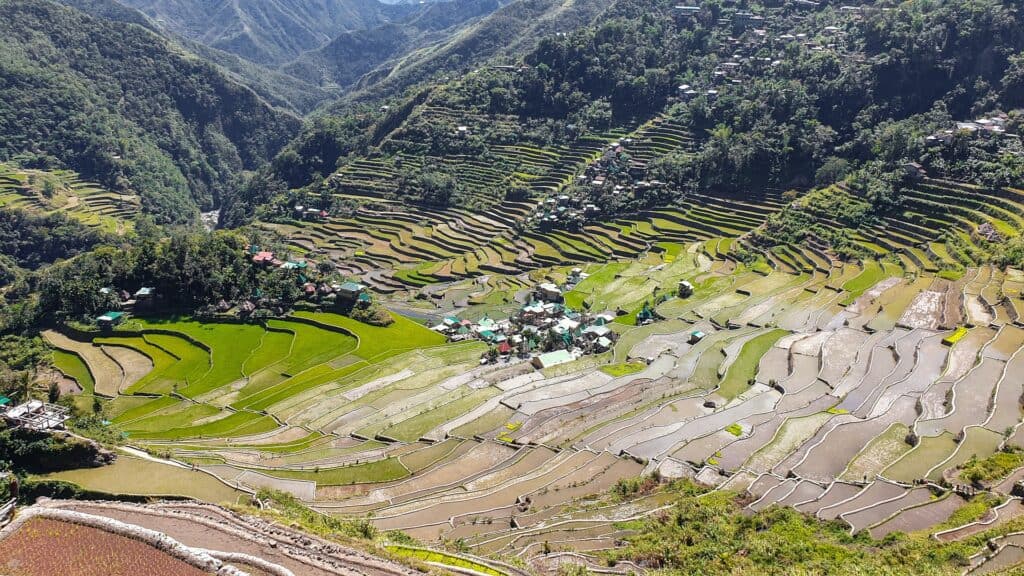
The Banaue Rice Terraces are a world-renowned cultural landscape located in the Cordillera Mountains of the northern Philippines. These terraces were carved into the mountainside more than 2,000 years ago by the Ifugao people, using only their bare hands and basic tools.
The terraces cover an area of about 10,360 square kilometers and rise to an elevation of 1,500 meters above sea level. They consist of numerous terraces that form steps up the sides of the mountains, with walls of earth and stone holding the soil and water in place. The Ifugao people used these terraces to cultivate rice, which was their primary crop.
The Banaue Rice Terraces are known for their stunning beauty and for the skill and ingenuity required to build them. They are often referred to as the “Eighth Wonder of the World” and have been declared a UNESCO World Heritage Site.
Today, the Banaue Rice Terraces continue to be an important part of the Ifugao culture, as well as a major tourist attraction. However, they are also facing threats from climate change, soil erosion, and other environmental factors. Efforts are being made to preserve and protect these ancient structures for future generations to appreciate and admire.
These are just a few of the many tourist attractions in Asia. With so much to see and do, it’s no wonder that Asia is such a popular destination for travelers from around the world

